As Ethiopia grapples with ongoing complexities, the Amhara Fano groups find themselves at the forefront of resistance against perceived injustices. In this blog post, we’ll explore the significant challenges these groups face and the implications for their future endeavors.
Lack of Unified Leadership
A prominent challenge facing the Amhara Fano groups is a lack of unified leadership. Despite the anti-government sentiment prevailing in the Amhara region, various factions operate independently, with no central figure or committee making strategic decisions. The vacuum in leadership poses questions about the long-term sustainability of the resistance movement and its ability to transition to a more coordinated effort.
Logistical Challenges
While diaspora support for the Fano cause is evident, there seems to be a disconnect between the funds raised abroad and their effective utilization. Logistical challenges, including difficulties in money transfer and complaints about mismanagement of funds, hinder the groups’ ability to procure essential resources for their resistance efforts.
Conflict Narrative
One major challenge arises from framing the conflict as Amhara versus Oromo. The narrative perpetuated by Fano groups labeling Oromo forces as adversaries has led to increased insecurity among Oromo communities in border areas. This narrative may be reassessed for the Fano groups to broaden their support base and avoid regional tensions.
Lack of Internal Allies
Fano groups face isolation within Ethiopia due to their unwillingness to make concessions or form alliances with other ethnic groups. Without internal allies, their vision of influencing the entire country may remain elusive. Building bridges and fostering collaborations will be crucial for the groups to garner broader support.
Diplomatic Challenges
The image of Fano groups, shaped during the Tigray conflict, poses a diplomatic challenge. Unlike their Tigray counterparts, the Amhara diaspora has struggled to create an internationally cohesive and influential lobbying front. Internal disagreements and disputes within diaspora organizations further complicate efforts to garner global support for the Amhara cause.
Conclusion
As the Amhara Fano groups navigate these challenges, their ability to adapt and address these issues will shape the trajectory of their resistance movement. The road ahead demands strategic unity, effective resource management, and a more inclusive approach to garner internal and international support. The fate of the Amhara Fano groups and their impact on Ethiopia’s political landscape will unfold as they confront and overcome these formidable challenges.
Other Stories


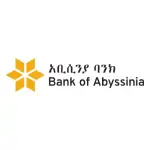
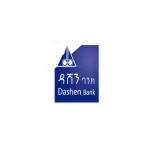


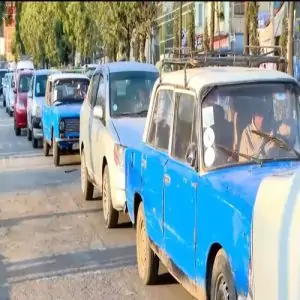

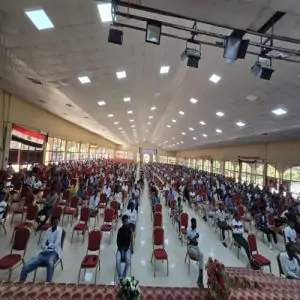

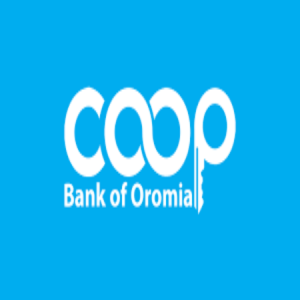
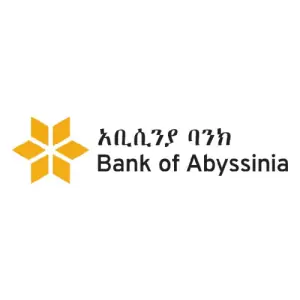
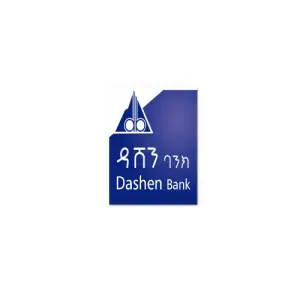
You’ve made some valid points and articulated them well. I agree with you and have been advocating for similar ideas for a long time. However, the ignorance and arrogance among so-called political activists (elites) have been hindering the establishment of a united Fanna front. Applying the 80/20 rule, it’s evident that 20% of the political elite has a significant impact on 80% of the population. If we can address the first challenge of forming one united front, we could easily address the other four challenges. Without a political party, we cannot establish clear political objectives and goals. It’s impossible to create the right political narrative to garner support from the Oromos and unite our strategies with others, such as the Somali, Sidama, and Tigre.
You’ve aptly indicated that the diaspora is not united, which is why we lack a solid unit to work on the diplomatic front. Most diaspora members living in the US are more inclined to serve US interests rather than Fanno or Amhara interests; they prioritise their own political and financial interests. While I lack substantial evidence and statistics, it’s apparent that most of the diaspora are politically and academically literate. For example, 95% of our sisters working in the Middle East come from the countryside and have hardly completed junior high school. Yet, they are the ones who contribute a large amount of money to the Fanno cause. However, they lack a voice in how the money is used and how the struggle is conducted. They are more united within their locality or origin, which is also true in the US and Europe.
I think, before dialogue with other ethnic groups, all pro Fano groups will have to start comprehensive internal dialogue
Greetings there,
There is a bigger challenge than you mentioned above,which is the difference between the Amhara Fano ( Amhara Nationalist ) and the Ethiopian Nationalist ( Most of them are Amhara but ashamed of called being ethnic Amhara rather like to be Ethiopianist . Now the main problem is and will be this one . I wish if you go further to search more and make deep analysis with this problem for the next blogs. Thanks.
Amhara nationalism, unlike Tigray & Oromo nationalism, is just a year old.